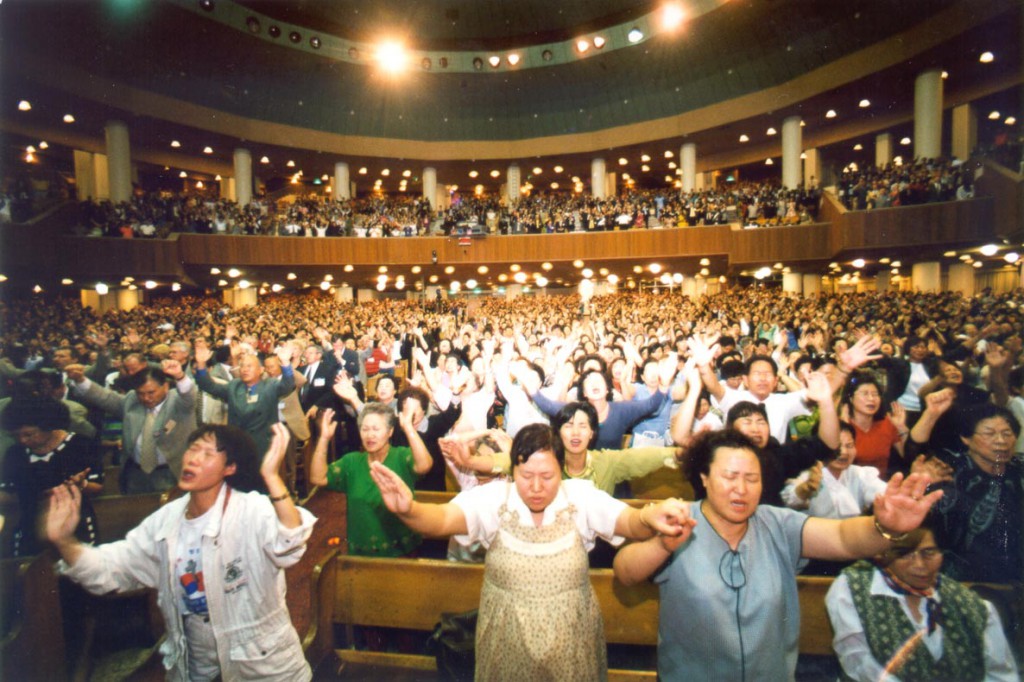
The Catholic Church has to be honest with itself in assessing why many former Catholics have switched to Pentecostal Christianity, a leading Holy See official in ecumenical affairs said in Sydney recently.
Monsignor Juan Usma Gomez, an official of the Pontifical Council for Promoting Christian Unity, was in Australia to address Australia’s bishops at their recent plenary meeting, May 2-9.
While there were some accusations of proselytism, or ‘sheep stealing’ on the part of Pentecostal churches, Mgr Gomez told xt3.com it was an inadequate explanation for the shift in affiliation.
“We are called, as Church, to be very honest about our methodology because the people who leave the Catholic Church for these communities [do so] for what they offer,” Mgr Gomez said.
“They do not change because of dogmatic reasons. They are looking for spiritual experiences and it seems these communities are offering them that. All the analysis [shows that]. So offering spiritual experiences to the people is [key]”.
Catholics and Pentecostals have “more in common they we think” and ongoing dialogue was necessary to dispel prejudices and misunderstanding.
Mgr Gomez said there were some dangers in certain trends associated with Pentecostalism, including in the so-called ‘Prosperity Gospel’.
“It seems at times that you do not need to have any suffering because ‘that is not what God wants’ and, in that sense, we are in some ways putting aside the Cross, and that is quite difficult for us,” Mgr Gomez said, adding that he did not think Pentecostal Christians were teaching that officially.
“They [also] have a very simple way of presenting the Gospel. You get the impression that there are four or five points which you can handle and then that is enough, but in reality, this is the first step … You need to gain all of the Christian Tradition.”
The Holy See and Pentecostal Churches entered into formal dialogue in 1972. Estimating global numbers was difficult, Mgr Gomez said, because of the nature of the movement.
Stressing the importance of direct spiritual experience of God, Pentecostalism began in the United States in the early 20th century as an offshoot of the Wesleyan churches.
In the 1950s, it entered all mainline Protestant congregations. It entered the Catholic Church in the 1960s and spurred the growth of non-denominational churches from the 1980s onwards. A 2011 report released by the Pew Forum stated the number of Pentecostal and Charismatic Christians globally to be more than 584 million.
The 2011 Australian census showed the number of people identifying as Pentecostal Christians to be 238,000, increasing from one per cent of the total population in 2001, to 1.1 per cent in 2011.
In other comments, Mgr Gomez said secularisation, while a global phenomenon, was manifesting differently in different regions of the world: “In Europe, [it] seems to go hand-in-hand with no religious affiliation. While in the United States … growing secularisation, growing religious affiliation, and growing religious pluralism [are all] there. It is not only one side of the coin.”
The answer to increased secularisation was not, in the first instance, about changing Church structures: “First you renew yourself and then the structures,” Mgr Gomez said.